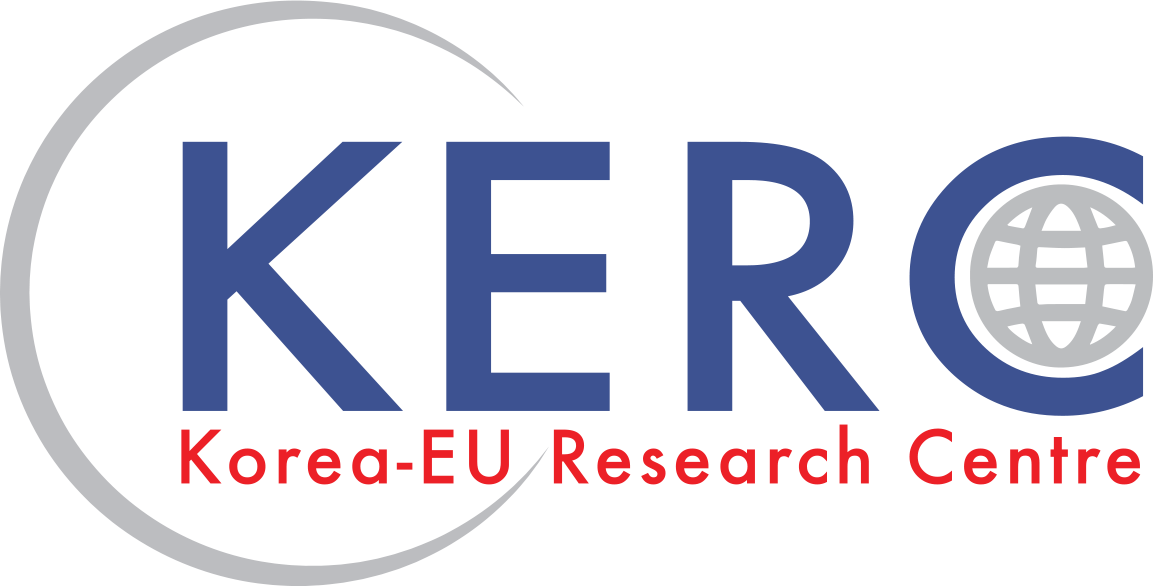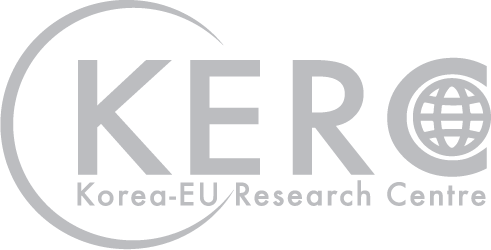- MSIT to build strong foundation for ‘Korea-U.S. tech alliance’
- Korea to develop the world’s first testing equipment for the SPHEREx
MSIT to build strong foundation for ‘Korea-U.S. tech alliance’
Minister Lee Jong-Ho of Science and ICT visited Washington D.C. on August 1 to meet with key government officials in order to discuss the measures to strengthen the Korea-U.S. alliance in the field of cutting edge technologies.
Minister Lee met with the Director Alondra Nelson of the White House Office of Science and Technology Policy to reaffirm the tech alliance concurred at the Korea-U.S. Summit Meeting on May. Both parties agreed to strengthen the tech partnership based on the mutual understanding on the importance of critical and emerging technologies in economy and security. Specifically, both agreed to declare joint statement on quantum cooperation at the end of this year to enforce the strong cooperation of both countries in quantum field. Minister Lee also suggested the establishment of talent exchange channel in STEM field. Both parties decided to hold ‘the 11th Korea-U.S. Joint Committee on Science and Technology’ this year, and anticipated the signing of ‘Korea-U.S. Science and Technology Cooperation Agreement’ to systematically support the alliance.
Minister Lee discussed cooperation in space technology as well with the Executive Secretary Chirag Parikh of White House National Space Council (NSpC) and Administrator Bill Nelson of NASA. MSIT and NASA both agreed that cross-border cooperation in space technology is crucial, and expected the wider cooperation from Artemis projects to Moon-to-Mars Exploration. Then both parties discussed on the involvement of private sectors in the space technology. In the talk with NSpC, MSIT requested flexibility in ITAR application, and NSpC agreed to further discuss later on. Both parties acknowledged the importance of Korean Positioning System (KPS), and reaffirmed the cooperation in the development.
Minister Lee will then travel to Orlando, Florida to direct the launch of Korea’s first lunar orbiter, Danuri, in an effort to encourage the researchers.
Korea to develop the world’s first testing equipment for the SPHEREx
The Ministry of Science and ICT (MSIT, Minister: Lee Jong-Ho) and the Korea Astronomy and Space Science Institute (KASI) announced the successful development of the testing equipment for the NASA SPHEREx, which stands for Spectro-Photometer for the History of the Universe, Epoch of Reionization, and Ices Explorer. The SPHEREx is an all-sky spectral survey telescope project that 12 institutes including NASA Jet Propulsion Laboratory (JPL), California Institute of Technology (Caltech), and KASI participate. It took KASI three years to develop with an aim to test the performance of the telescope on the ground.
The core device of the developed equipment is the cryogenic vacuum chamber. This chamber was specifically designed to suit the SPHEREx, and will create the vacuum and cryogenic state below minus 220 degrees Celsius, the state that telescope will face in the space. The SPHEREx will go into the chamber to test imaging performance under extreme environment. KASI also developed loading devices and other optic devices for the SPHEREx. Using the cryogenic vacuum chamber, KASI will lead the space environment testing, develop data investigation software, and participate in the core science researches.
A SPHEREx instrument scientist and a researcher at Caltech said “It’s absolutely essential that we get this thing sharply into focus before we fly, and the only way to accomplish that is through specific cryogenic optical testing in the environment provided by the KASI chamber.”
Director-General Kwon Hyun-Joon of Space, Nuclear, and Big Science Policy Bureau of MSIT said “The equipment that Korea developed is one of the most major hardware equipment in the SPHEREx project.” He added, “MSIT plans to expand the cooperative research projects with various global research institutes in order to secure core technologies that can lead the field of space survey.”


